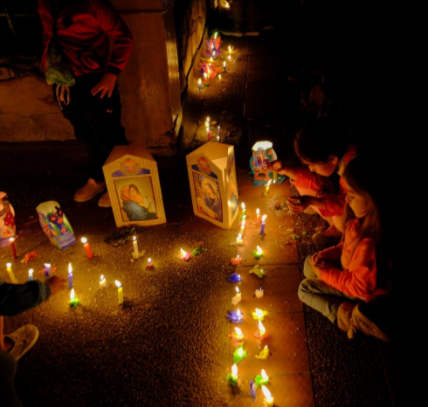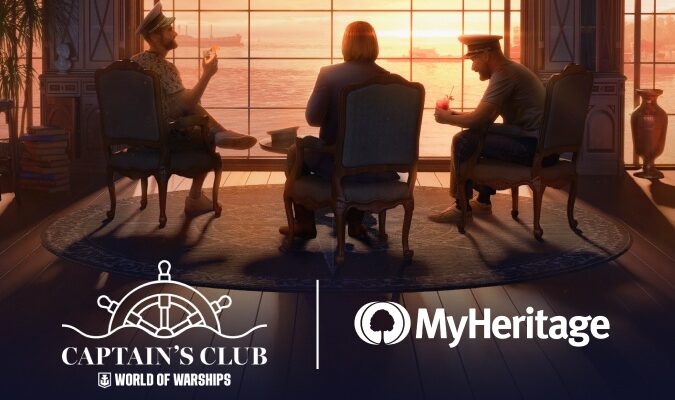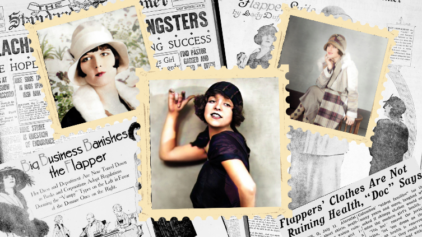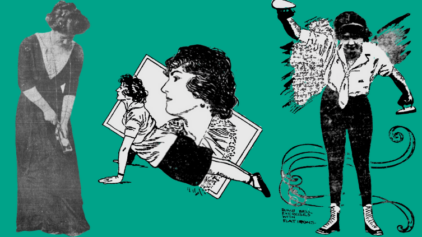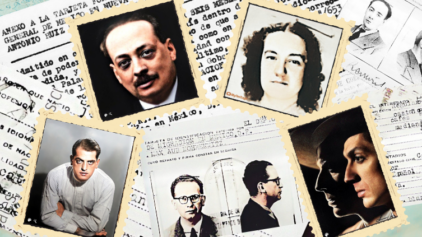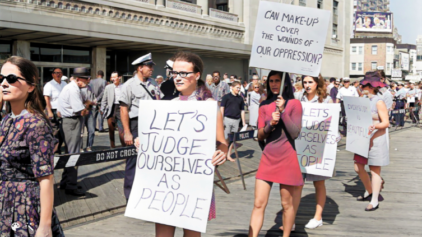Christmas Traditions Around the World
- By Esther
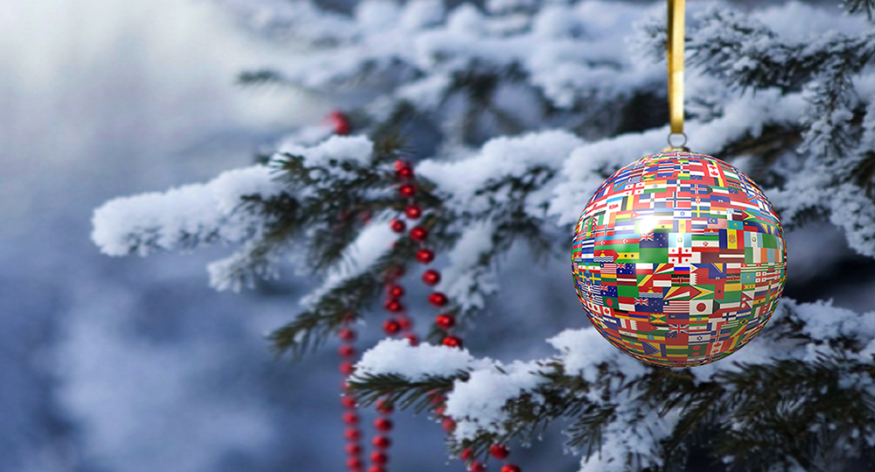

Genealogy is about families through the ages. Filling in our pedigree charts with names, dates, and places is very satisfying, but it is the stories and traditions of our ancestors that turn our hearts to them and help us feel we are part of something greater than ourselves. For many families, the most enduring traditions have been made and kept around the holiday season — especially Christmas.
Of my eight great-grandparents, seven had parents or grandparents who came to the United States after 1850 — from England, Wales, Norway, Sweden, Denmark, and Germany. However, very few of their distinctive cultural traditions have been handed down to my generation, perhaps because my ancestors were eager to blend into American culture. In an attempt to bring back some of their cultural traditions, we now choose an ancestral country to celebrate for our Christmas Eve dinner. We eat the traditional food, dress like them as much as possible, and tell their stories to our children. This adds to the wonderful festive spirit of the evening and has made for some great memories.
Where were your ancestors from? Does your family still observe some of those distinctive cultural traditions? Let us know in the comments below!
In the Netherlands, Sinterklaas arrives on the evening of December 5. Children leave a shoe by the fireplace or windowsill and sing Sinterklaas (Santa Claus) songs in the hope that he will fill their shoe with presents. They also leave some hay and carrots in the shoes for Sinterklaas’ horse. They’re told that, during the night, Sinterklaas rides on his horse over the roofs and that a Zwarte Piet (Black Peter, like an elf) will climb down the chimney (or through a window) and put treats in their shoes.
In Iceland, during the 13 days leading up to Christmas, 13 mischievous trolls called Yule Lads (jólasveinar, in Icelandic) come out to play. For each night of Yuletide, children place their best shoes by the window and a different Yule Lad visits, leaving gifts for nice girls and boys and rotten potatoes for the naughty ones. Clad in traditional Icelandic costume, their names reflect the trouble they like to cause: Stekkjastaur (Sheep-Cote Clod), Giljagaur (Gully Gawk), Stúfur (Stubby), Þvörusleikir (Spoon-Licker), Pottaskefill (Pot-Scraper), Askasleikir (Bowl-Licker), Hurðaskellir (Door-Slammer), Skyrgámur (Skyr-Gobbler), Bjúgnakrækir (Sausage-Swiper), Gluggagægir (Window-Peeper), Gáttaþefur (Doorway-Sniffer), Ketkrókur (Meat-Hook), and Kertasníkir (Candle-Stealer).
In Caracas, Venezuela every Christmas Eve, the city’s residents head to church on roller-skates. This unique tradition is so popular that roads across the city are closed to cars so that people can skate to church in safety before heading home for a traditional Christmas dinner of hot tamales.
In Colombia, Little Candles’ Day (Día de las Velitas) marks the start of the Christmas season. In honor of the Virgin Mary and the Immaculate Conception, people place candles and paper lanterns in their windows, on balconies, and in front yards. Entire towns and cities across the country are lit with elaborate displays, while neighborhoods compete to see who can create the most impressive arrangement.
In Italy, children sing carols while playing shepherds’ pipes and wearing shepherds’ sandals and hats. On Epiphany night, children believe that an old lady named Befana brings presents. Children hang stockings by the fireplace for Befana to fill. For many Italian-American families, a big Christmas Eve meal of different fish dishes – known as the Feast of the Seven Fishes (Festa dei Sette Pesci) is now a very popular tradition. The feast originated in southern Italy and was bought to the United States by Italian immigrants in the 1800s.
In France, triangular Nativity scenes called cribs are very popular. French cribs have clay figures depicting the traditional Holy Family, shepherds, and wise men, but they also have whimsical figures such as a butcher, a baker, a policeman, and a priest. Yule logs of cherry wood are often burned in French homes. The log is carried into the home on Christmas Eve and sprinkled with red wine to make the log fragrant when it is burning. The log and candles are often left burning all night, while refreshments are set out if Mary and the baby Jesus come to visit during the night.
St. Nicholas’ Day in Germany is celebrated on December 6. Not to be confused with Weihnachtsmann (Father Christmas), Nikolaus travels by donkey in the middle of the night and leaves little treats like coins, chocolate, oranges, and toys in the shoes of good children all over Germany, particularly in Bavaria. In exchange for the gifts, each child must recite a poem, sing a song or draw a picture. St. Nick also brings along Knecht Ruprecht, a devil-like character with a dirty beard, dressed in dark clothes covered with bells. He carries a stick or a small whip to punish children who misbehave.
In Norway, people hide their brooms on Christmas Eve. It’s a tradition that dates back centuries to when people believed that witches and evil spirits came out on Christmas Eve looking for brooms to ride. Even today, many people still hide their brooms in the safest place in the house, to stop them from being stolen.
Christmas Eve in Ghana starts with church services featuring drumming and dancing. Children often put on a Nativity play and then dance in front of the priests. Choirs sing in many of the 66 languages spoken in Ghana. Singing in their unique language makes them feel that God speaks their language. Sometimes services and dancing continue all night long.
Since it is the middle of summer in Australia at Christmas, the lyrics to carols about snow and cold weather are usually replaced by words about sunshine and hot weather. There are also some original Australian carols. Many Australians hold “Carols by Candlelight” services featuring local bands and choirs. When Santa Claus gets to Australia, he gives his reindeer a rest and uses kangaroos or “six white boomers” (a popular Australian Christmas song). He also wears clothes more suited to hot weather. A typical Australian Christmas feast is a seafood barbecue at the beach.
Christians in India celebrate Christmas Eve by walking to Midnight Mass as a family. The churches are decorated with poinsettias and candles. Afterwards, they return home to a massive feast of numerous curry delicacies and the exchange of presents. Instead of decorating traditional fir Christmas trees, Indians use banana or mango trees. Christians also put small oil-burning clay lamps on the flat roofs of their homes to show their neighbors that Jesus is the light of the world.
One of the biggest celebrations in Sweden is St. Lucia’s Day on December 13. The celebration comes from stories told by monks who first brought Christianity to Sweden. St. Lucia was a young girl in ancient Rome who secretly brought food to the persecuted Christians who lived in hiding in the catacombs under the city. She would wear candles on her head so she had both hands free to carry things. She is depicted by a girl in a white dress with a red sash round her waist and a lingonberry crown of candles on her head. St. Lucia leads a procession of children singing carols in churches, schools, hospitals, and rest homes, handing out pepparkakor, or gingersnap cookies.
In a sense, we are all the result of the legacy that has been passed down to us. Carrying on family traditions and transmitting them to our children is part of our legacy, and is a way of celebrating our ancestors’ traditions. No matter how much you already know about your heritage, there is always more you can learn.
Do you have any holiday traditions that are unique to your part of the world? Share them with us in the comments below!
This is a guest post by Carolyn Tolman, a project manager at Legacy Tree Genealogists, the recommended research partner of MyHeritage. Legacy Tree Genealogists has been providing full-service genealogical research for clients worldwide for over 13 years. Their team of genealogists help clients discover their roots and personal history through records, narratives, and DNA.

